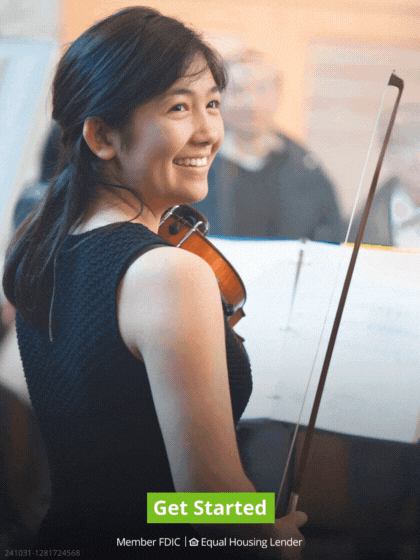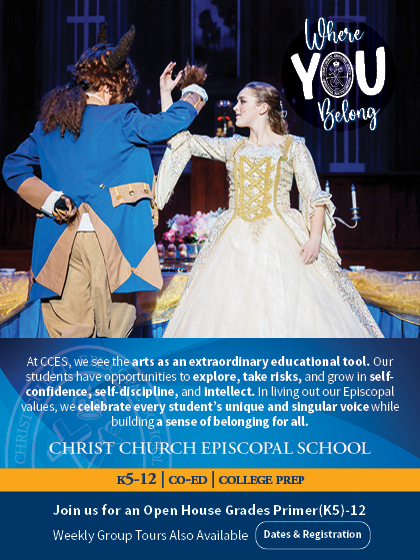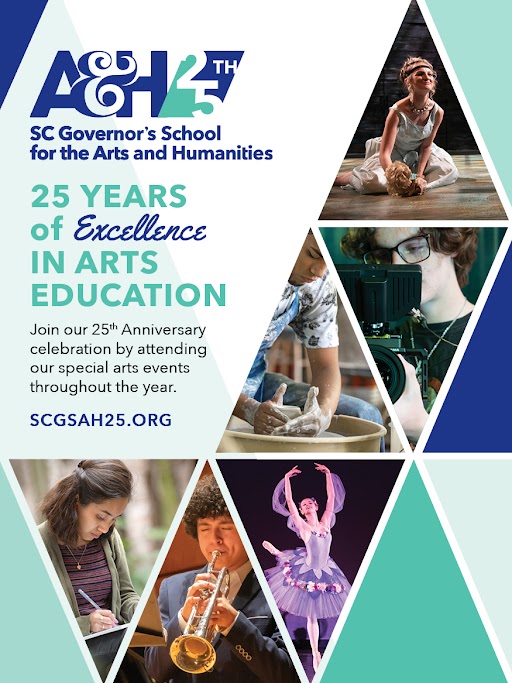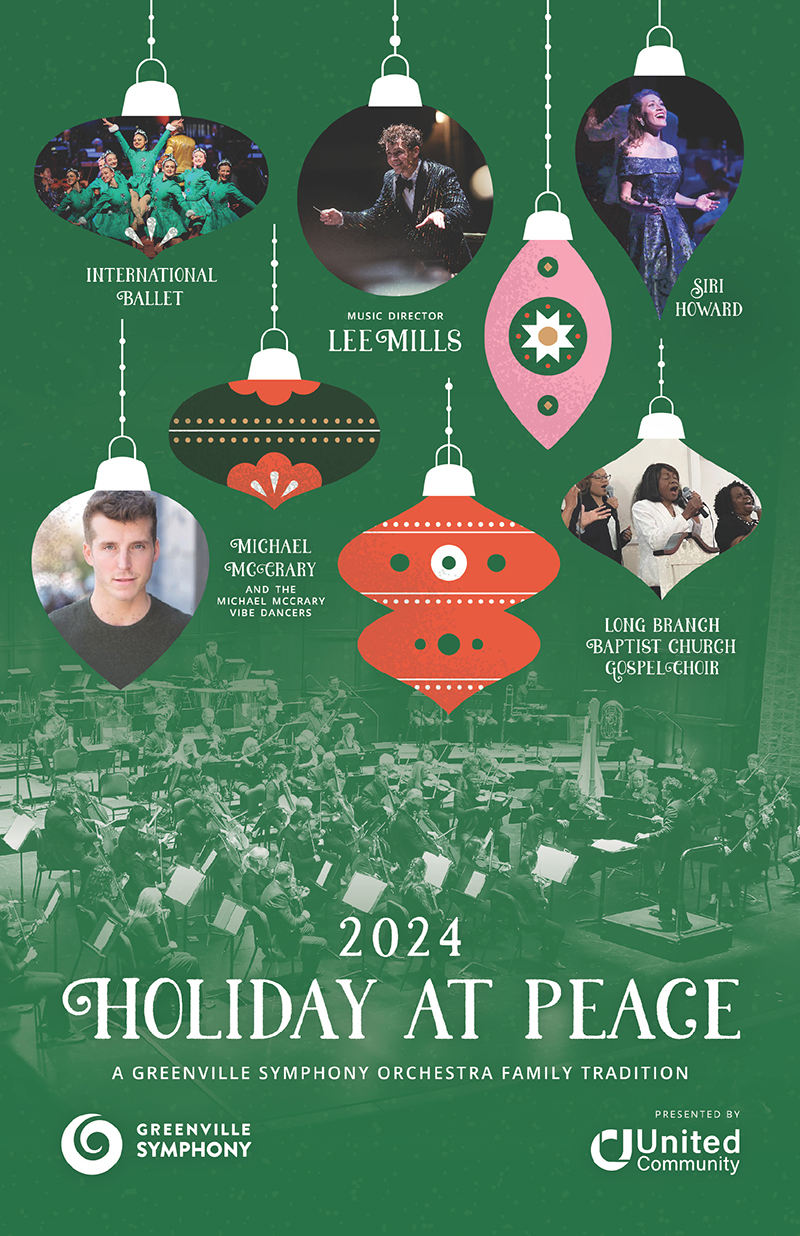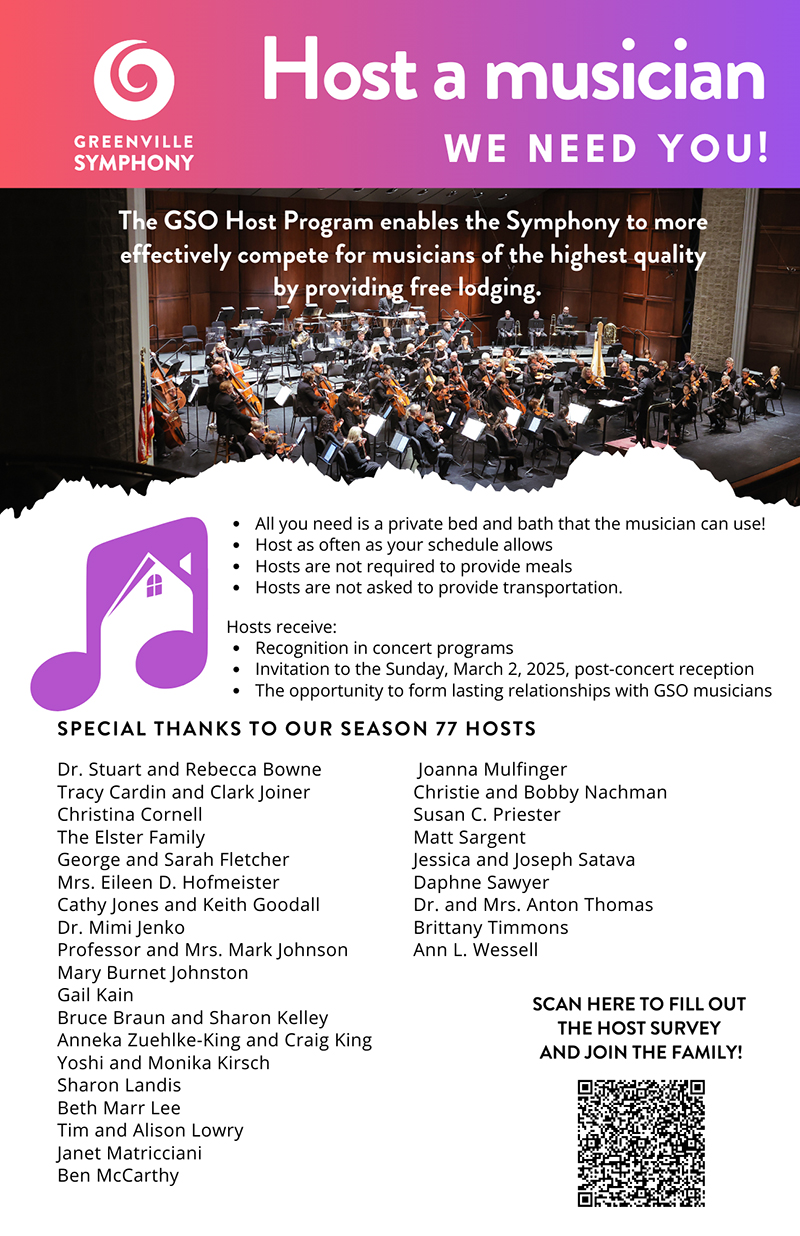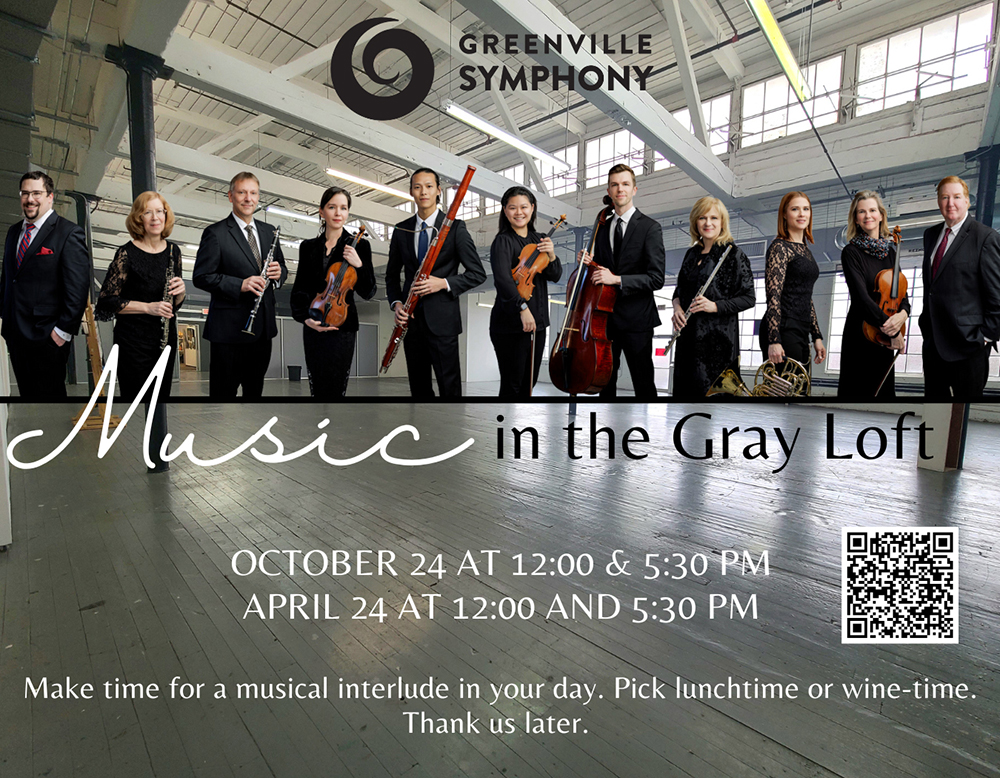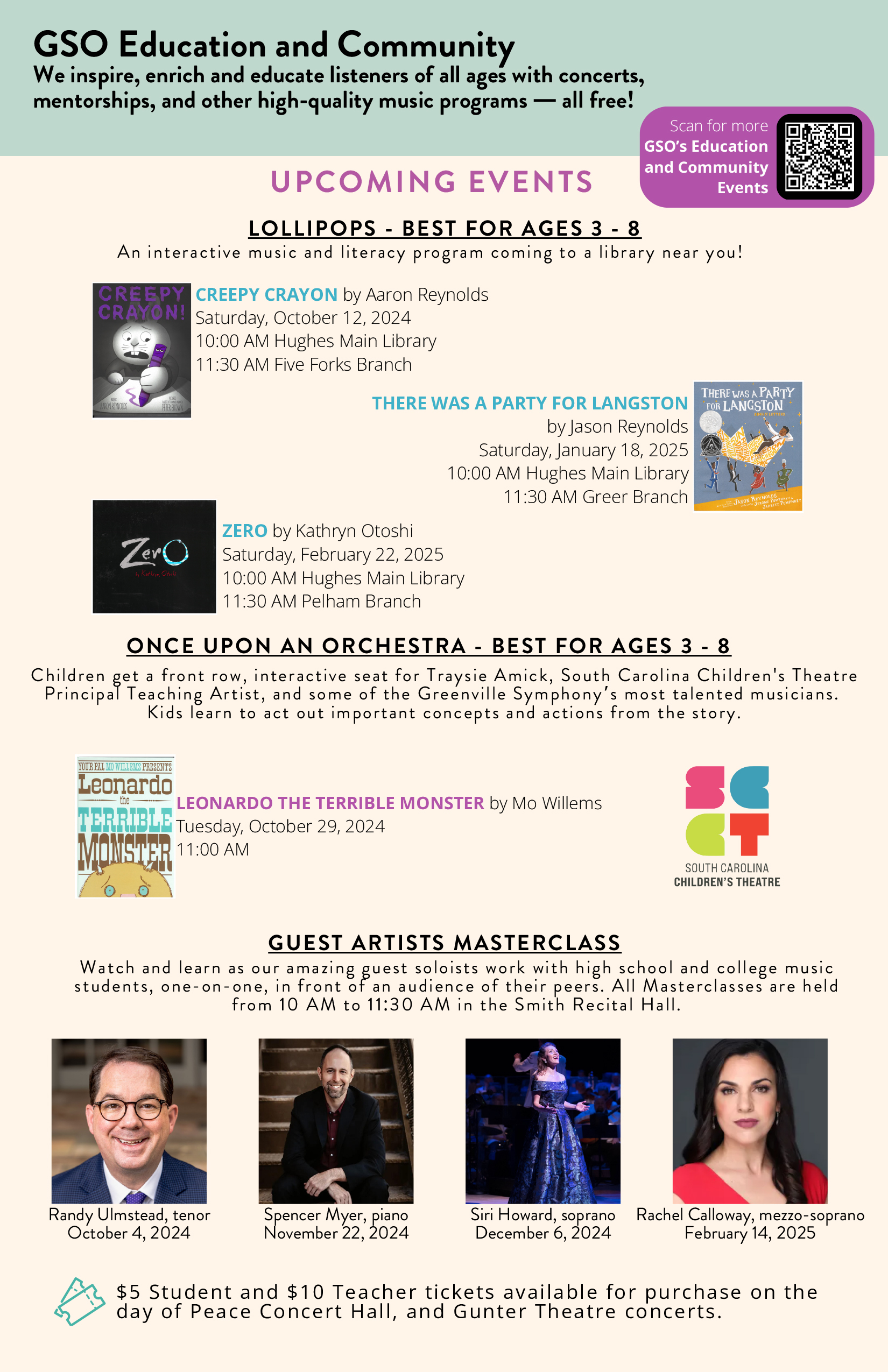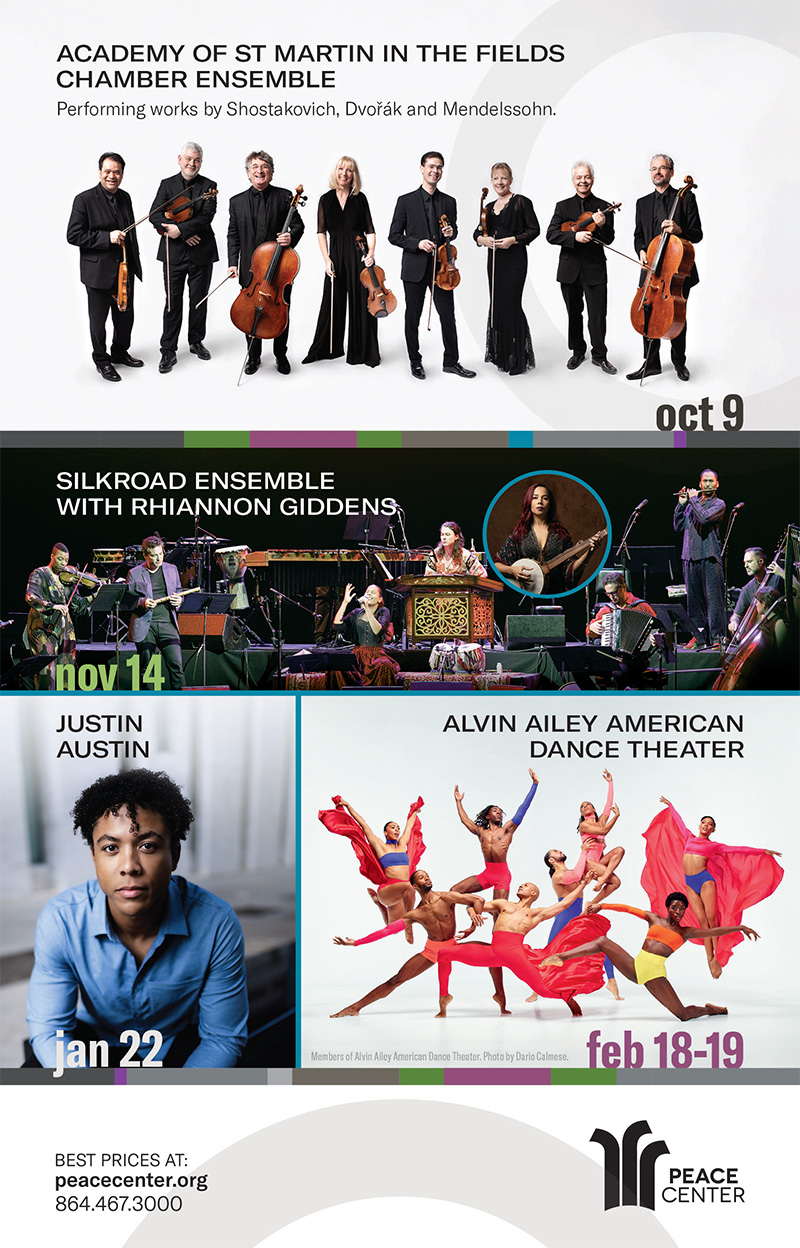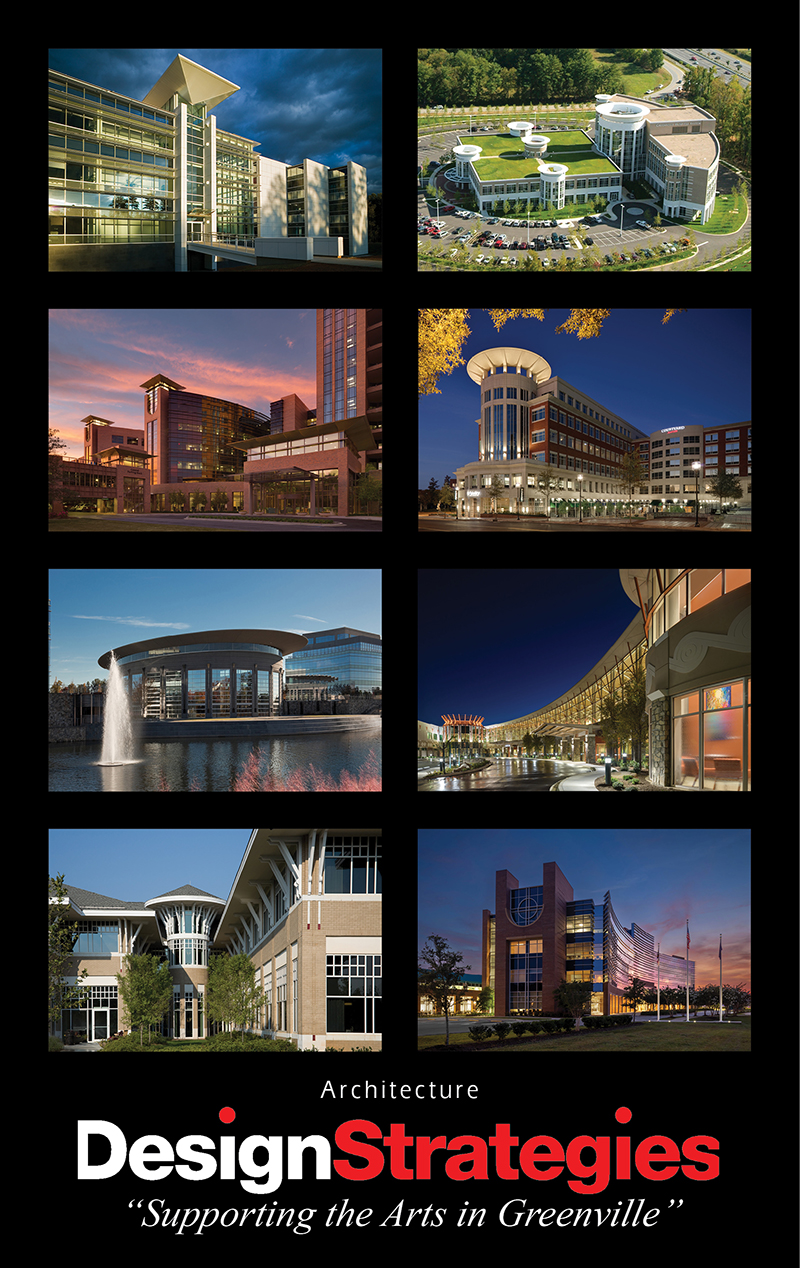
Thomas A. and Shirley W. Roe Podium Fund Grieg’s Piano Concerto Peace Concert Hall Spencer Myer, piano |

Sarah Gibson (1986-2024) | .................... | 14’ |
Edvard Grieg (1843-1907) Allegro molto moderato | .................... | 31’ |
Intermission
| Robert Schumann (1810-1856) Symphony No. 1 in B-flat major, “Spring,” Op. 38 | .................... | 30’ |
Andante un poco maestoso - Allegro molto vivace |
Grieg’s Piano Concerto
Program Notes by Paul Hyde
warp & weft
Sarah Gibson (1986-2024)
Sarah Gibson was inspired to write this piece by the artwork of Miriam Shapiro, who blurred the lines between fine art and craft — for instance, by combining weaving or collage with paintings. The title of Gibson’s piece refers to the lengthwise yarns (warp) and crosswise yarns (weft) that form the structure of a woven fabric. Gibson likened the idea of warp and weft to harmony and melody in a composition.
Gibson’s 14-minute piece features a melody that is developed through a variety of colorful, complex and ever-changing orchestral textures, creating music that is, at turns, graceful, haunting and luminous. The Spartanburg-born Gibson, one of the most promising composers of her generation, died on July 14, 2024 from colon cancer at the age of 38.
Piano Concerto
Edvard Grieg (1843-1907)
Grieg’s only concerto, one of the most popular works in the classical repertoire, is a fitting piece for a season that, as music director Lee Mills describes it, focuses on unity and optimism. The concerto is a product of youth, hope and happiness, and it overflows with an abundance of rich melody.
Inspiration: Grieg, at age 25, spent the summer of 1868 with his wife and baby daughter in a secluded cottage in Denmark. This tuneful concerto seems to evoke that bucolic, romantic setting.
The score helped establish Grieg on the international music scene as the “Chopin of the North.” Grieg was a devoted composer of songs, and his love for singing melody can be heard throughout the piece.
Structure: The work is written in the traditional three movements:
- A roll of the timpani ushers in the familiar piano fanfare, descending downward. The woodwinds then introduce the sprightly main theme, which is repeated and embellished by the piano soloist. Cellos introduce a warm, second subject, which is answered by sighing woodwinds and then taken up by the soloist and extensively developed. The two themes form the core of the movement. Near the end, a dazzling cadenza test’s the soloist’s virtuosity.
- The tender, pensive slow movement opens with muted strings. The piano introduces the main theme. The nocturne-like music provides a gentle respite before the rousing finale, which follows without pause.
- The opening theme of the energetic finale is a Norwegian folk dance, the halling. This main subject, a rondo refrain, will be heard several times in the movement, alternating with other material. A slower middle section features an ethereal melody for flute, expressively developed by the soloist. At the end, this second theme returns triumphantly in brassy splendor for a brilliant conclusion.
Symphony No. 1
Robert Schumann (1810-1856)
Schumann's Symphony No. 1, commonly known as the “Spring Symphony,” is a vibrant and cheerful piece that reflects the optimism and renewal associated with spring. Composed in 1841, it was one of Schumann's earliest symphonic works and marked a significant step in his development as a symphonist.
The symphony is known for its melodic richness, rhythmic vitality, and innovative orchestration. It incorporates elements of folk music and dance rhythms, contributing to its lively and engaging character. Notable also is Schumann's use of cyclical form, with themes reappearing in different movements, binding the work together.
Inspiration: Schumann composed the symphony during a period of personal and artistic renewal. Schumann's enthusiasm is evident in the lively and joyful character of the music. The symphony was written in just a few weeks and was first performed in March 1841.
Structure: The symphony is written in four movements:
- The first movement is characterized by its bright and spirited theme, which is introduced by the strings and then developed throughout the movement. The lyrical melodic lines flow seamlessly.
- This movement features a gentle and expressive theme, showcasing Schumann's lyrical writing. The music here is more contemplative and serene compared to the rest of the symphony.
- The third movement is a playful and energetic scherzo. It has a light-hearted and dance-like quality.
- The final movement is exuberant and dynamic, bringing the symphony to a vigorous and triumphant conclusion. It reflects the overall upbeat and optimistic mood of the symphony.
Paul Hyde, a longtime Upstate arts journalist, is an English instructor at Tri-County Technical College. He writes regularly for the Greenville Journal, the S.C. Daily Gazette, EarRelevant, ArtsATL, and the Atlanta Journal-Constitution.
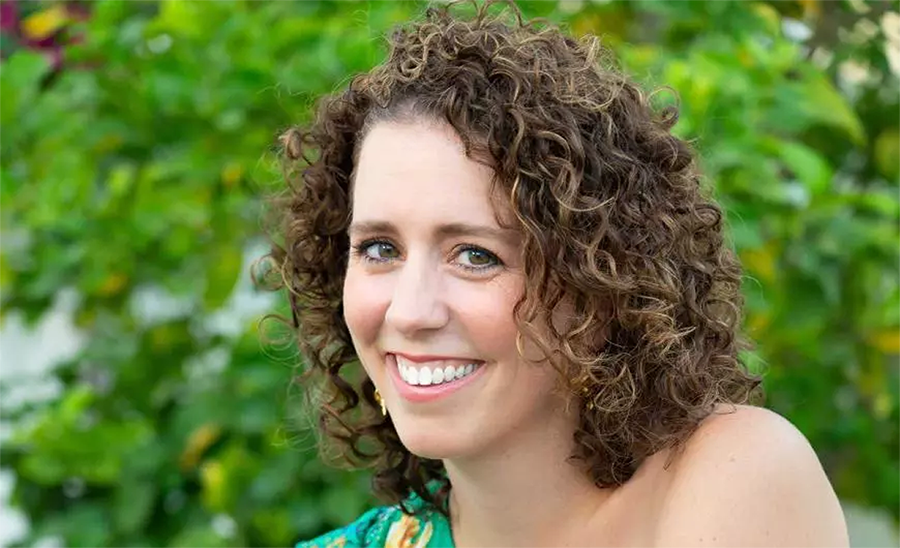

Sarah Gibson, a native of Spartanburg, South Carolina, is the composer of the opening piece on this weekend's program, warp & weft.
Sarah lost her battle with cancer this past July at just 38 years of age, leaving behind a husband and infant son. She was a noted pianist and composer, alumna of the Atlanta Youth Symphony, Indiana University and University of Southern California. Sarah received commissions from the League of American Orchestras, the Toulmin Foundation, Tanglewood Music Center, Aspen Music Festival and School and the Seattle Symphony, and this piece, warp & weft, was performed this past August by the BBC Philharmonic at the BBC Proms in London. Sarah’s work combines intricate textures and immersive soundscapes. Known for her creative layering of orchestral voices, Gibson's composition invites listeners to journey into a world of woven rhythms and delicate harmonies. The piece is a nod to Miriam Shapiro, who coined the term femmage (the combination of “feminine’” and “collage”) to describe her artwork which was often created using textiles. It is a thoughtful exploration of musical motifs that "warp" and "weave" together, creating a textured foundation for the rest of the program.
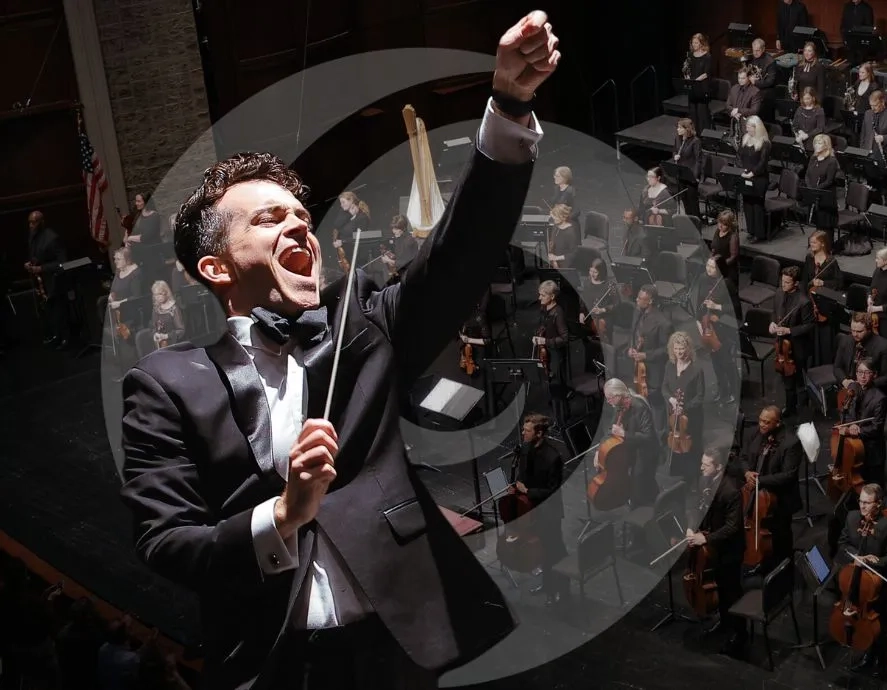
Concert Hall Series
Saturday performances at 7:30 pm
Sunday at 3:00 pm
Opening Night: Beethoven’s Ninth
October 5 & 6
Grieg’s Piano Concerto
November 23 & 24
Tchivzhel Conducts Tchaik 4
January 25 & 26
Duke Ellington’s The River
March 1 & 2
Jacqueline Tso plays
Bruch’s Scottish Fantasy
April 5 & 6
Beethoven and Brazil
May 10 & 11
Gunter Theatre Series
Performance start times vary
Peter and the Wolf
November 9 & 10
The Marriage of Figaro
February 15 & 16
Movers, Shakers, and Noise-Makers
March 22 & 23
Bach-Inspired with Violist Kathryn Dey
May 24 & 25
Special Events
Holiday at Peace
Peace Concert Hall
December 6 at 7:00 pm
December 7 at 1:00 & 7:00 pm
December 8 at 2:00 pm
Harry Potter and the Prisoner of Azkaban™ in concert
Peace Concert Hall
January 11 at 1:00 pm and 7:00 pm
January 12 at 2:00 pm
Star Wars: The Empire Strikes Back in Concert
May 4 at 7:00 pm
Bon Secours Wellness Arena
Music at Hotel Hartness
A luxe chamber music experience in a beautiful space.
Performances at 7:00 pm
Dracula! with Special Guest Dacre Stoker
October 23
Musical Landscapes
April 23
Music in the Gray Loft
Enjoy lunch or wine with a friendly, casual chamber music experience.
Performances at 12:00 and 5:30 pm
Dracula! with Special Guest Dacre Stoker
October 24
Musical Landscapes
April 24
Details and tickets available at greenvillesymphony.org



